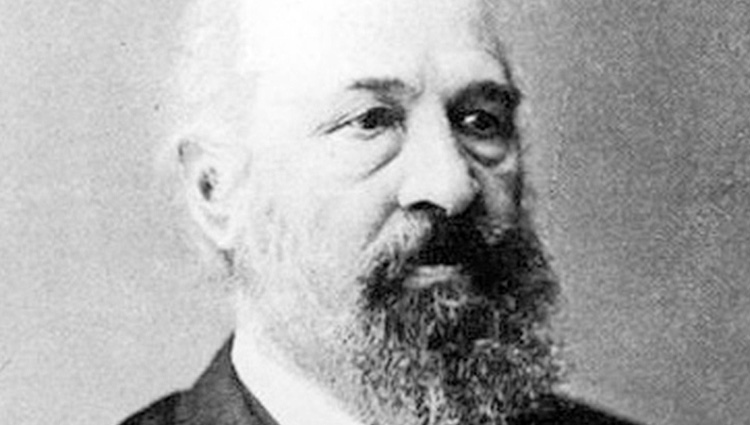Discoverer of nitrogen fixation by leguminous plants and founder of Bernburg as a scientific location

Stages of his life and work
Hermann Hellriegel was born on October 21, 1831, the son of a farmer in Mausitz near Pegau (Saxony). He completed his school education at the “Fürstenschule” in Grimma. He then studied chemistry at the Agricultural and Forestry Academy in Tharandt.
As an assistant to the well-known agricultural chemist Julius Adolph Stöckardt, Hellriegel deepened his knowledge of agricultural chemistry at Tharandt.
He also accompanied his teacher on research and study trips.
In 1854, Hellriegel received his doctorate in Leipzig. During this time he began scientific research on plant nutrition based on the method of sand culture. This was followed by his appointment as professor in 1869. From 1857 to 1873, Hellriegel headed the Dahme/Mark agricultural research station.
In 1873 Hellriegel moved to Bernburg. In Anhalt, he was hired as a traveling teacher and agricultural advisor to the government.
In 1882, Hellriegel became director of the Ducal Anhalt State Research Station (Herzogliche Anhaltische Landesversuchsstation) in Bernburg. His main task was to study the nourishment of the sugar beet and the control of "beet fatigue".
One of the most famous scientists of his time, Hermann Hellriegel died in Bernburg on September 24, 1895.
Most important discovery
In 1886, Hellriegel discovered that legumes are able to absorb and utilize free nitrogen from the air by forming root nodules.
The discovery of this principle of nitrogen fixation by the root nodules is of outstanding importance for science and agricultural practice up to the present time.
